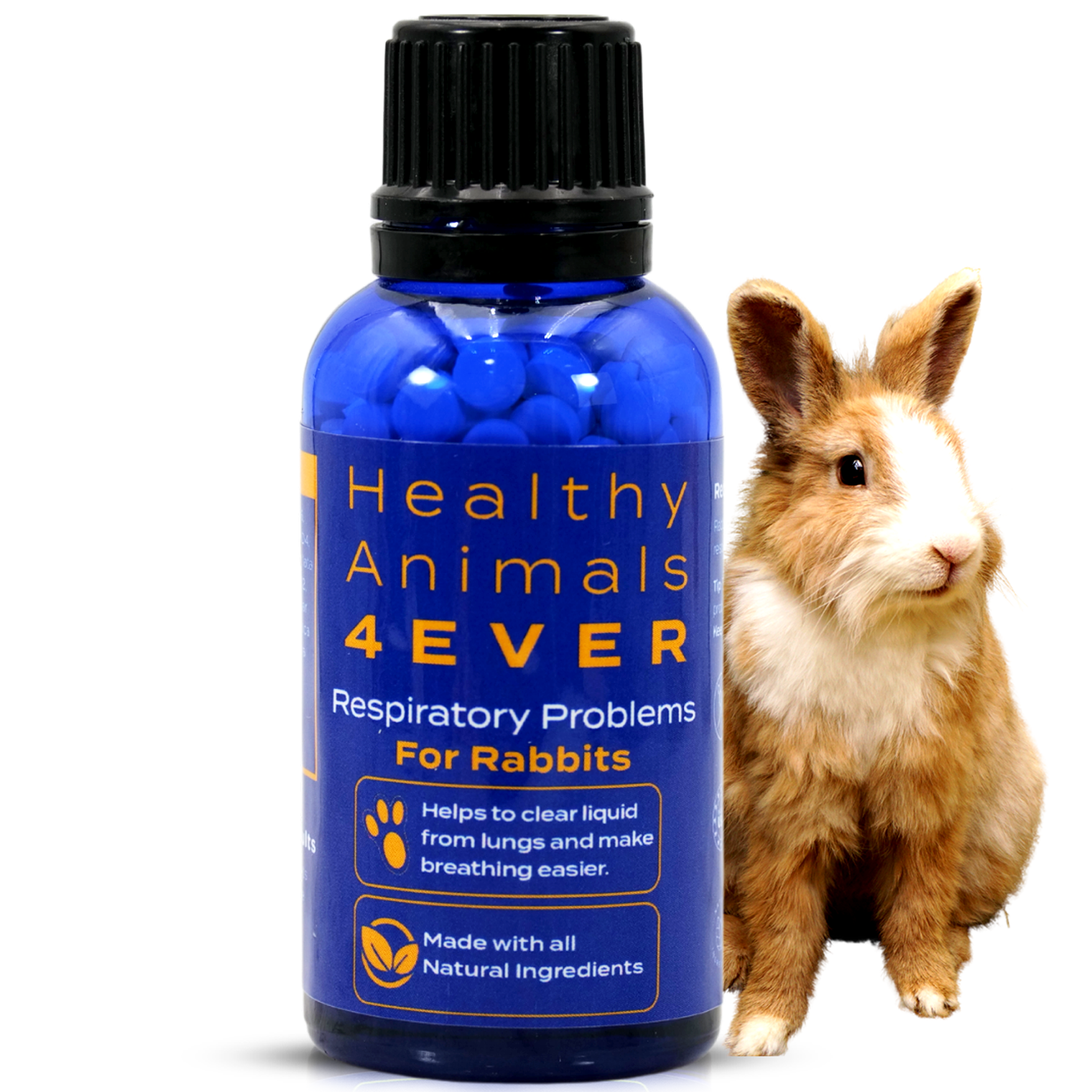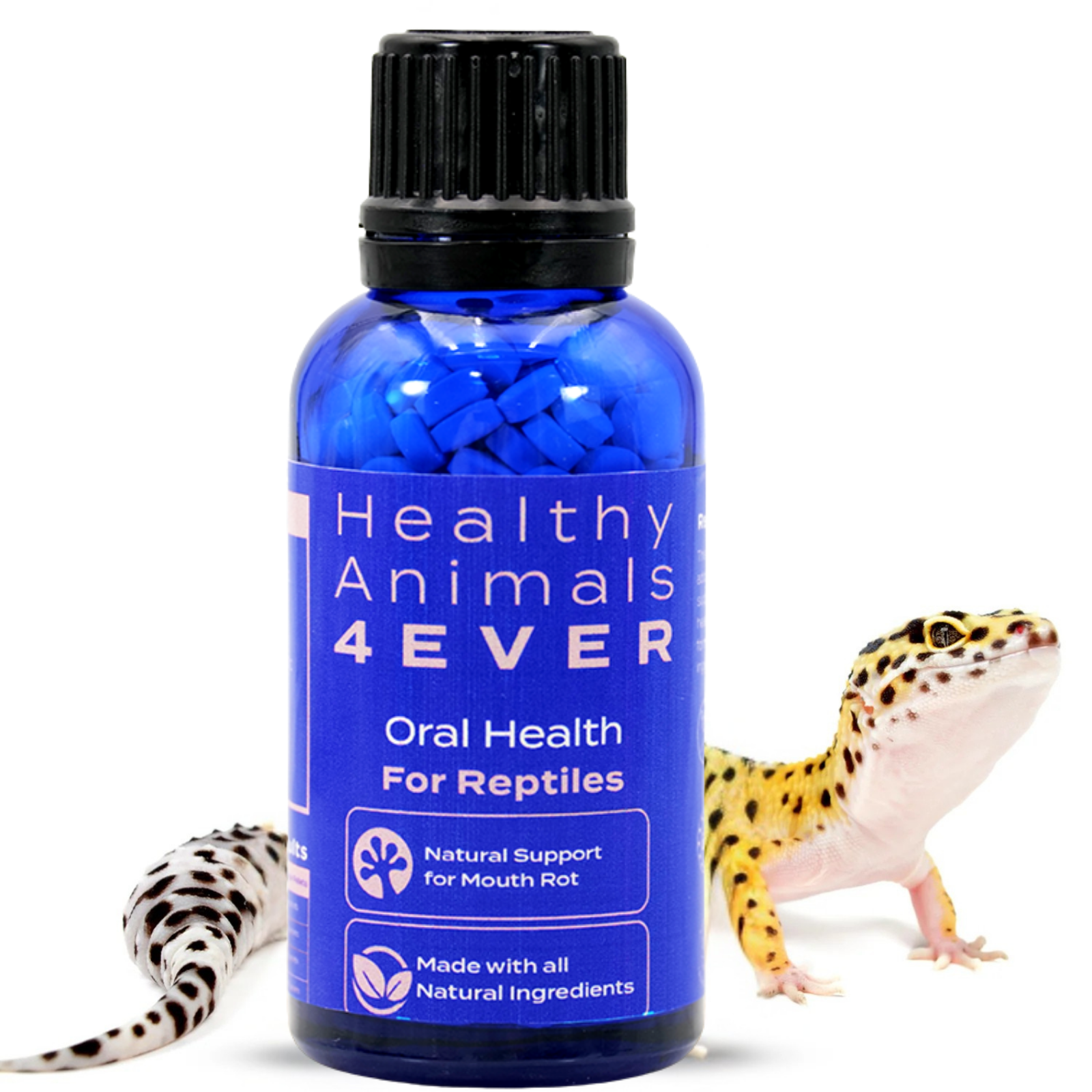Top Tips for Maintaining a Natural and Healthy Stable Environment
Creating a natural, healthy stable for your horses is about keeping things clean, safe, and comfy without relying on harsh chemicals. It’s not just better for the animals but also for the environment and, honestly, for you too. Using natural methods and materials creates a space where your horses can thrive, breathe easily, and stay healthy. Let’s talk about some easy and effective ways to maintain a clean, toxin-free stable that you and your horses will love.

1. Keeping the stable clean
Keeping the stable clean is super important. Regularly clean out any bedding, and sweep or hose down the floors to remove dirt and waste. This helps prevent any buildup of harmful bacteria and keeps the place smelling fresh. Weekly, do a more thorough clean, removing all the bedding and giving the floors and walls a good scrub.
A mixture of white vinegar and water is your best friend for scrubbing surfaces. Vinegar is a natural disinfectant that can kill bacteria and mold without introducing harmful chemicals. Mix equal parts vinegar and water in a spray bottle to clean surfaces, walls, and floors. It’s great for cutting through grime and neutralizing odors.
Baking soda is another natural cleaner that can help keep your stable fresh. Sprinkle it on the floor after you’ve cleaned it with vinegar. Let it sit briefly to absorb any lingering odors, then sweep it up. Baking soda is excellent at neutralizing smells and can also help keep pests at bay.
For particularly stubborn spots or extra disinfecting power, hydrogen peroxide can be a helpful addition. It’s a natural antiseptic and can help kill bacteria and fungi. Use it in areas that need more attention, like feed and water troughs. Just rinse thoroughly with water afterward, as hydrogen peroxide can be strong.
Don’t forget the power of essential oils. They can add a pleasant scent and have natural antibacterial and antifungal properties. Oils like lavender, tea tree (safe in well-ventilated areas and used sparingly), eucalyptus, and lemon are good choices. Mix a few drops with water in a spray bottle and lightly mist the stable. This not only smells great but also adds an extra layer of cleanliness.
2. Ventilation
Make sure the stable has good airflow to keep fresh air circulating. This helps remove dust, ammonia from urine and other unpleasant odors. If your stable doesn’t have good natural ventilation, consider using fans or opening windows and doors when the weather allows.
Respiratory issues support is designed to address respiratory concerns. Promotes comfortable breathing and clear respiratory function. Soothes irritation naturally. It helps with coughing, congestion, and labored breathing. All-natural formula. Safe and gentle for all horse breeds.
First off, natural ventilation is the best you could have. If your stable has windows, open them up whenever the weather allows. This lets fresh air come in, and stale air go out. If you can, keep the doors open too. The idea is to have a nice flow of air moving through the stable, which helps carry away dust, ammonia from urine, and other unpleasant stuff.
If your stable lacks natural airflow, you might need to help things along with fans. Ceiling fans, exhaust fans, or even portable fans can do wonders. Place them so they help move air through the stable without creating a draft directly on your horses. You want a gentle circulation of air, not a wind tunnel.
It’s also a good idea to think about the design of your stable. If you’re building or renovating, consider adding vents high up on the walls or the roof. Warm air rises, so high vents help let out the hot, stuffy air, while cooler, fresh air comes in from lower openings. This natural flow can make a big difference in keeping the air fresh.
Another trick is to use vented cupolas or ridge vents on the roof. These allow hot air to escape without letting rain in. They’re great for stables because they always work, even when you can’t open windows and doors.
Keeping things clean also helps with ventilation. When you regularly remove waste and soiled bedding, there’s less ammonia and moisture in the air. This makes it easier for your ventilation system to keep the air fresh. Plus, clean stables smell better and are healthier for your horses.
Don’t forget about the floors. Good drainage helps reduce moisture, which is a big part of maintaining air quality. If water or urine can drain away quickly, the stable stays drier, and the air stays fresher. Consider using materials that promote good drainage and are easy to clean.

In the winter, ventilation is still important. It might be tempting to close everything up to keep the heat in, but you still need fresh air. A stable that’s too closed up can get stuffy and damp, which isn’t suitable for your horses. Even in cold weather, try to keep some airflow going, but be smart about it to avoid drafts that might make your animals uncomfortable.
3. Natural bedding
Next, think about the bedding you’re using. Natural bedding materials like straw, hay, or wood shavings are good options. They provide comfort and are generally free of chemicals. Make sure to replace bedding regularly to keep it clean and dry. Damp or dirty bedding can lead to respiratory issues and infections.
Choosing the right bedding for your stable is important for keeping your horses healthy and comfortable. You want something natural, absorbs well, and is easy to clean. There are a few options that work well and are also safe for your animals.
One of the most popular choices is straw. It’s natural, comfortable, and pretty good at absorbing moisture. Straw is also relatively inexpensive and easy to find. The key is to keep it clean and dry, so make sure you’re replacing soiled straw regularly. If it gets wet and stays wet, it can start to smell and create a breeding ground for bacteria.
Hay is another excellent option. It’s similar to straw but a bit softer, making it more comfortable for your horses. Like straw, it’s important to keep hay dry and fresh by changing it out frequently. Hay can be more expensive than straw, but it’s a fantastic bedding choice, especially for smaller animals.
Wood shavings are also a great option for stable bedding. They’re super absorbent and can help control odors well. Pine and aspen shavings are popular choices. Avoid cedar shavings because they can be too strong and irritating for your horses. Clean out any soiled shavings regularly and replace them with fresh ones to keep everything nice and clean.
Hoof issues support is a natural remedy for hoof-related issues. Helps with cracked hooves, brittleness, and discomfort during movement. Promotes healthy hoof growth while soothing irritation. All-natural formula. Safe and gentle for all horse breeds.
For a more eco-friendly option, you might want to try paper-based bedding. This is usually made from recycled paper and is very absorbent and dust-free, which is excellent for horses with respiratory issues. It’s also super easy to clean up and replace. Paper bedding can be a bit pricier, but it’s a good choice if you’re looking to be more environmentally conscious.
Look into hemp bedding for something highly absorbent and great for odor control. Hemp is becoming more popular as a bedding material because it’s biodegradable, low dust, and effective at keeping things dry. It’s a bit more expensive than straw or hay, but it’s worth considering for its benefits.
Whatever bedding you choose, the most important thing is to keep it clean and dry. Wet, soiled bedding can lead to health problems for your horses, like respiratory issues and infections. Make it a habit to check the bedding daily, remove any wet or soiled spots, and replace them with fresh material. Doing a complete bedding change at least once a week will help maintain a healthy environment.
Another tip is to ensure the bedding is thick enough to provide comfort and insulation, especially in colder weather. A thick bedding layer will keep your horses warm and comfortable, which is crucial for their well-being.
4. Pest control
Keeping pests out of your stable using natural methods is a great way to ensure a healthy environment for your animals. Here’s how you can do it without resorting to harsh chemicals.
First off, cleanliness is crucial. Pests like flies, rats, and mice love dirty, cluttered areas. Make it a habit to clean out waste and soiled bedding regularly. This keeps the stable smelling fresh and makes it less inviting for pests. Also, promptly eliminate uneaten food because leftovers are a magnet for unwanted critters.
Diatomaceous earth is a fantastic natural solution. It’s a fine powder made from fossilized algae that’s safe for horses but deadly for insects. Sprinkle it around the stable and on the bedding. It dehydrates pests like fleas and ticks, making your stable a no-go zone for them.

Essential oils can also help keep pests away. Oils like lavender, eucalyptus, and cedarwood are natural repellents. Mix a few drops of these oils with water in a spray bottle and mist the stable lightly. It not only smells good but also keeps insects at bay. Just be cautious and ensure your oils are safe for your horses.
Encouraging natural predators is another effective method. Birds like swallows and bats can help control the insect population since they eat a lot of bugs. Installing birdhouses or bat boxes near your stable can attract these helpful animals.
Using traps and barriers can also be effective. Set up humane traps to catch rodents and relocate them far from your stable. For insects, sticky traps or flypaper can help reduce their numbers. Placing mesh screens over windows and doors can prevent bugs while allowing for good ventilation.
Regular inspections are important, too. Look for signs of pests like droppings, nests, or gnawed materials. Catching these signs early allows you to deal with the problem before it gets out of hand. Also, check for gaps or holes in walls, floors, and doors where pests might be sneaking in and seal them up.
5. Plants
Using plants to create a healthy stable environment is a great idea! They can improve air quality, repel pests, and make the space look and feel more pleasant. Plus, it’s a natural way to enhance the well-being of your animals.
Some plants are excellent at filtering out toxins and improving the air. Plants like spider plants, Boston ferns, and peace lilies are known for their air-purifying abilities. They can help reduce pollutants and provide cleaner air for your animals. Just be sure to place them out of the animal’s reach to prevent nibbling, as some plants can be harmful if ingested.
Wounds support is designed for wound care. Natural therapy for pain and inflammation in injured areas. Useful for wounds with bacterial infection or other harmful factors. All-natural formula. Safe and gentle for all horse breeds.
Lavender is another great plant to have around your stable. It’s not only lovely to look at and smells fantastic, but it also has natural calming properties. The scent of lavender can help reduce stress and anxiety in animals. Plus, it’s a natural insect repellent, which helps keep pesky bugs away.
Mint is a fantastic addition too. It’s easy to grow and has a strong scent that pests like mice and flies dislike. Planting mint around the stable can help keep these unwanted visitors at bay. Just be aware that mint can spread quickly, so it’s best to plant it in pots or a contained area.
Marigolds are bright and cheerful and repel insects like flies and mosquitoes. These flowers produce a scent that bugs find unpleasant, making them a great natural pest control option—plant marigolds around the stable entrance or in pots nearby to keep the insects away.
Aloe vera is another helpful plant to have on hand. It’s known for its healing properties and can treat minor cuts and burns for you and your animals. Aloe vera is easy to care for and doesn’t need a lot of water, making it perfect for a stable environment.
Herbs like basil, rosemary, and thyme can also be beneficial. They have strong scents that repel insects, and you can use them in cooking too! Planting a small herb garden near your stable keeps pests away and gives you fresh herbs.
When incorporating plants, make sure they’re safe for your animals. Some plants can be toxic if ingested, so it’s important to research and choose plants that won’t harm your horses. Also, consider placing plants in areas where your animals can’t easily reach them, like hanging baskets or elevated planters.

Regularly watering and caring for your plants will keep them healthy and effective at improving your stable environment. Healthy plants do better at purifying air and repelling pests, so take good care of them.
5. Nutrition
Good nutrition is a key part of maintaining a healthy stable environment for your animals. Feeding your horses the proper diet helps keep them strong, happy, and less prone to illness. Here’s how you can ensure your stable is where your animals thrive.
Always make sure your animals have access to clean, fresh water. Hydration is crucial for all aspects of health, from digestion to temperature regulation. Check and refill water sources daily and clean them regularly to prevent algae and bacteria buildup.
When it comes to food, providing a balanced diet is essential. This means a mix of proteins, carbohydrates, fats, vitamins, and minerals. Different animals have different dietary needs, so knowing what’s best for each type is important. For example, horses need plenty of high-quality forage like hay, grains, and supplements as needed.
Hay should be a staple for many barn animals, like horses, goats, and rabbits. It’s a great source of fiber that aids digestion and keeps the digestive system working smoothly. Make sure the hay is fresh, mold-free, and stored correctly to keep it from getting damp or dusty.
Equine gastric ulcer syndrome support is a natural remedy for EGUS. A supportive product for stomach ulcer pain. It may help with inflammation and poor digestion. Useful for pain and discomfort. All-natural formula. Safe and gentle for all horse breeds.
Grains can provide extra energy and nutrients, especially for working or growing animals. Oats, barley, and corn are common grains fed to stable animals. However, it’s important not to overdo it with grains, as too much can lead to digestive problems or weight gain.
Supplements can also play a role in animal nutrition. Depending on the animal and its specific needs, you might need to add vitamins, minerals, or other supplements to their diet. Salt licks, for example, are great for providing essential minerals that might be missing from their regular feed.
Fresh fruits and vegetables are a great addition to many animals’ diets. They provide important vitamins and minerals. Just be sure to introduce new foods gradually and avoid anything harmful. For instance, horses can enjoy apples and carrots, but you should avoid giving them anything too sugary or difficult to digest.
Monitor your animals’ health and adjust their diet as needed. Weight, coat condition, and energy levels indicate whether they’re getting the proper nutrition. If you notice any issues, it might be worth consulting a vet or an animal nutritionist.
Lastly, remember that good nutrition isn’t just about food. Regular exercise and mental stimulation are also important for keeping your animals healthy and happy. Make sure they have enough space to move around and things to keep them engaged.
The Bottom Line

Maintaining a healthy environment in stables naturally is crucial for the well-being of our horses. It’s not just about keeping things clean; it’s about creating a space where our animals can thrive. When we focus on natural methods, we’re promoting a healthier, happier life for our horses.
Focusing on these basics ensures your horses are happy and healthy, making your stable a better place for everyone.












